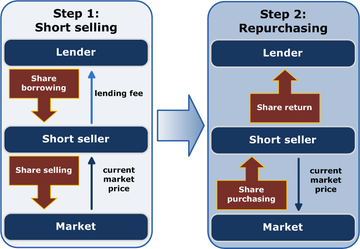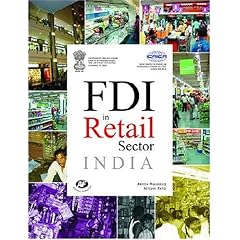
As we know,the economic downturn has brought to the fore some stark realities, at least on the jobs front. 'Cost cutting' and 'downsizing' have become the new buzzwords.The eruption of the crisis has caused companies to compel underperformers to either pull up their socks or leave.
A recession is defined as a period of general economic decline; specifically, a decline in the country's GDP for two or more consecutive quarters.During a recession the company would either:
1. reduce unnecessary expenditure (cost optimization) and/or
2. reduce unnecessary work force (resource optimization).
Both the situations would ultimately result in unemployment. Similarly, the company would not be in a position to expand its operations. Hence the number of fresh employment positions that would be created by the company would also take a hit. This would also cause unemployment.
Recessions are often associated with downturns in the gross domestic product (GDP) of countries. The current recession, which affects most of the world, was sparked by events in Asia, but has since included many other nations in its effects. Many companies are finding that they are caught between the benefits of the recession (lower prices for components) and the problems associated with the recession (lower prices for competing products).Certainly, a sufficient proportion of the world's economies are current in recession to warrant an assessment of the potential of this situation to affect future employment levels.
Just as there are different types of employment - with their various impacts on the economy - so, too, does unemployment vary. So, do the economic theories differ in their interpretations of the character of unemployment and, more importantly, in their responses to unemployment.
There are three basic forms of unemployment:
Frictional unemployment arises from the "normal" process of turnover in the labor market: as new workers enter the market , and as existing workers quit the jobs. Cyclical unemployment is that which varies with business conditions; for example, workers are laid off when business is bad - then rehired when conditions improve.
Structural unemployment caused by imperfect labor-market adjustment, i.e. workers and resources do not move freely to places where they are needed.
A recession in 2008 would raise the national unemployment rate by between 2.1 and 3.8 percentage points. According to Cepr, the unemployment rate and the number of unemployed - based on the historical pattern - would continue to increase through 2010 (to 6.7 percent in the case of a mild-to-moderate recession) or 2011 (to 8.4 percent in the case of a more severe economic downturn).
The last few weeks have seen a remarkable degree of consensus across most of the economics profession around the need for a sharp short-term stimulus to the economy. The goal is to avoid a recession or, in the likely event that that isn’t possible, to make the recession shorter and more shallow. By one rule of thumb, the unemployment rate has now risen enough to send a reliable signal of recession.
The nations are held at the binary decision of are we or aren’t we in recession which is a meaningless exercise, as they are not in a position to realise the fact that the unemployment rate has risen meaningfully and is apt to continue going up which implies that the economic environment is weak.All the industries irrespective of its quarter performance have rung the bells for the unemployment rate to increase significantly and the same would continue to rise in the coming 2 years ahead.


























